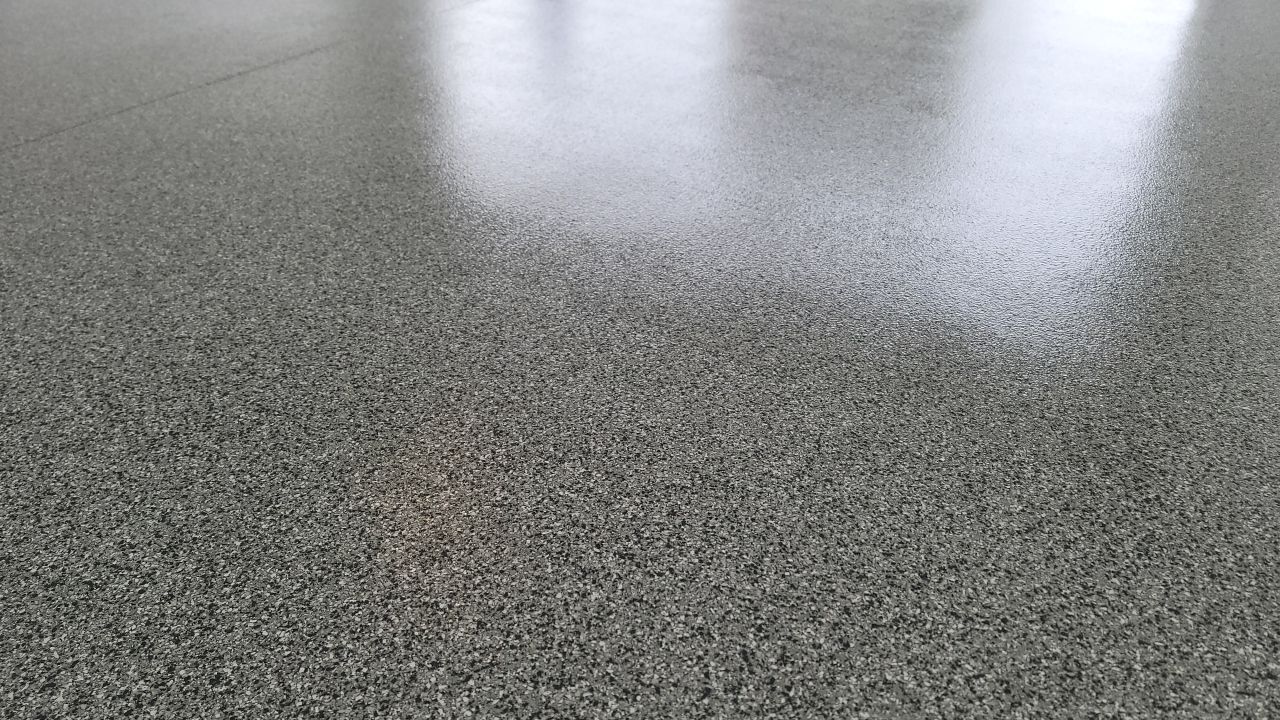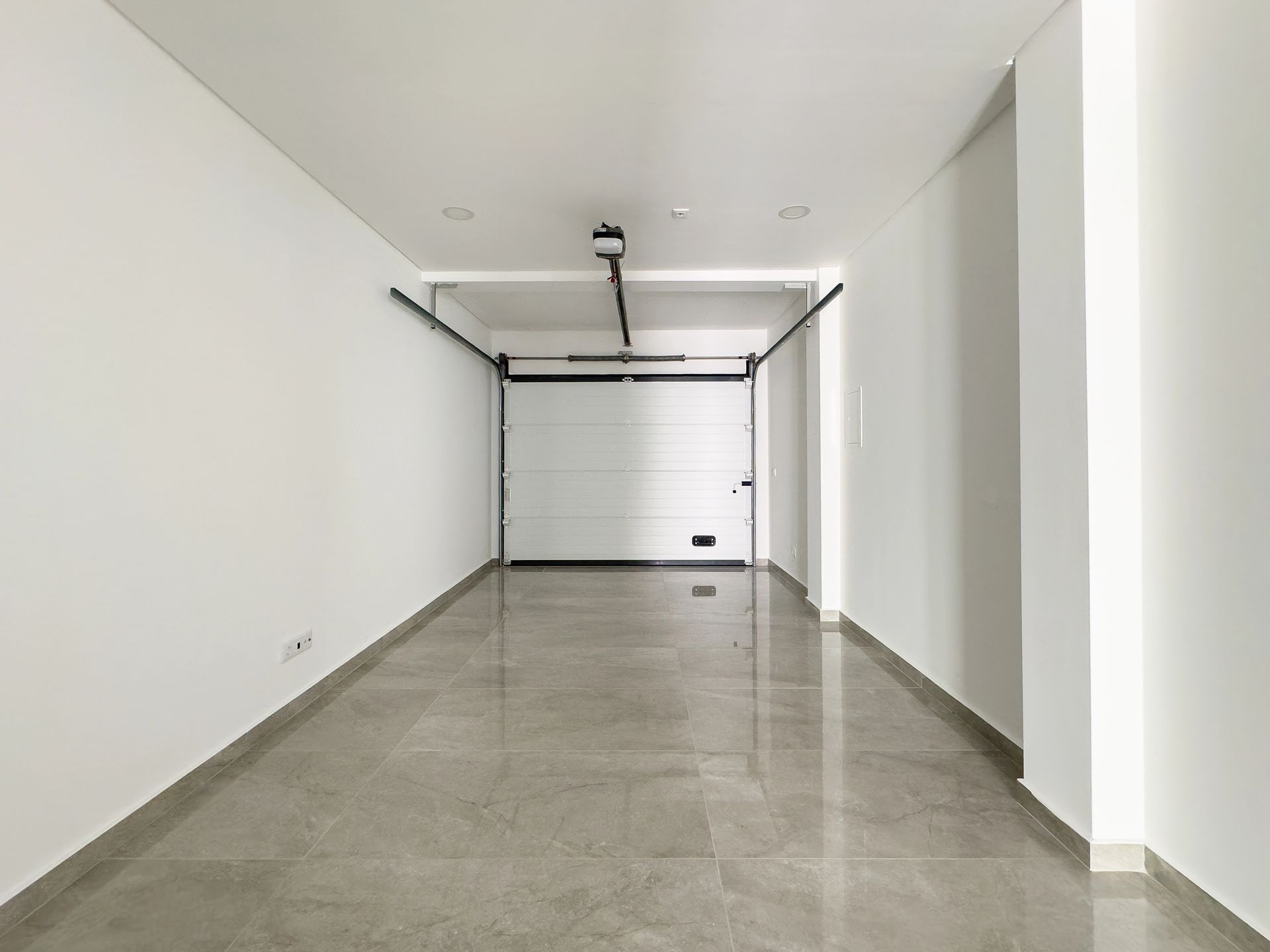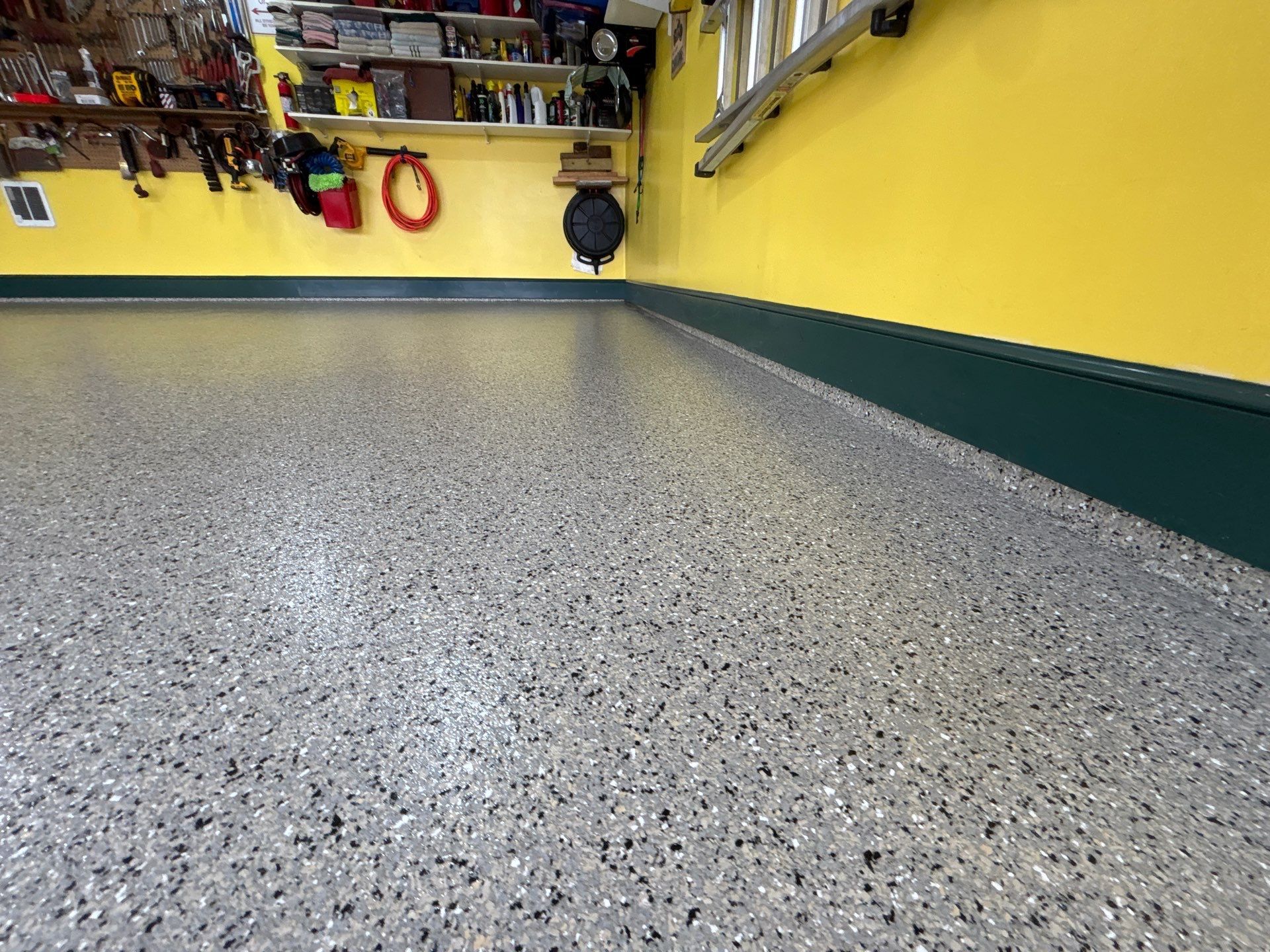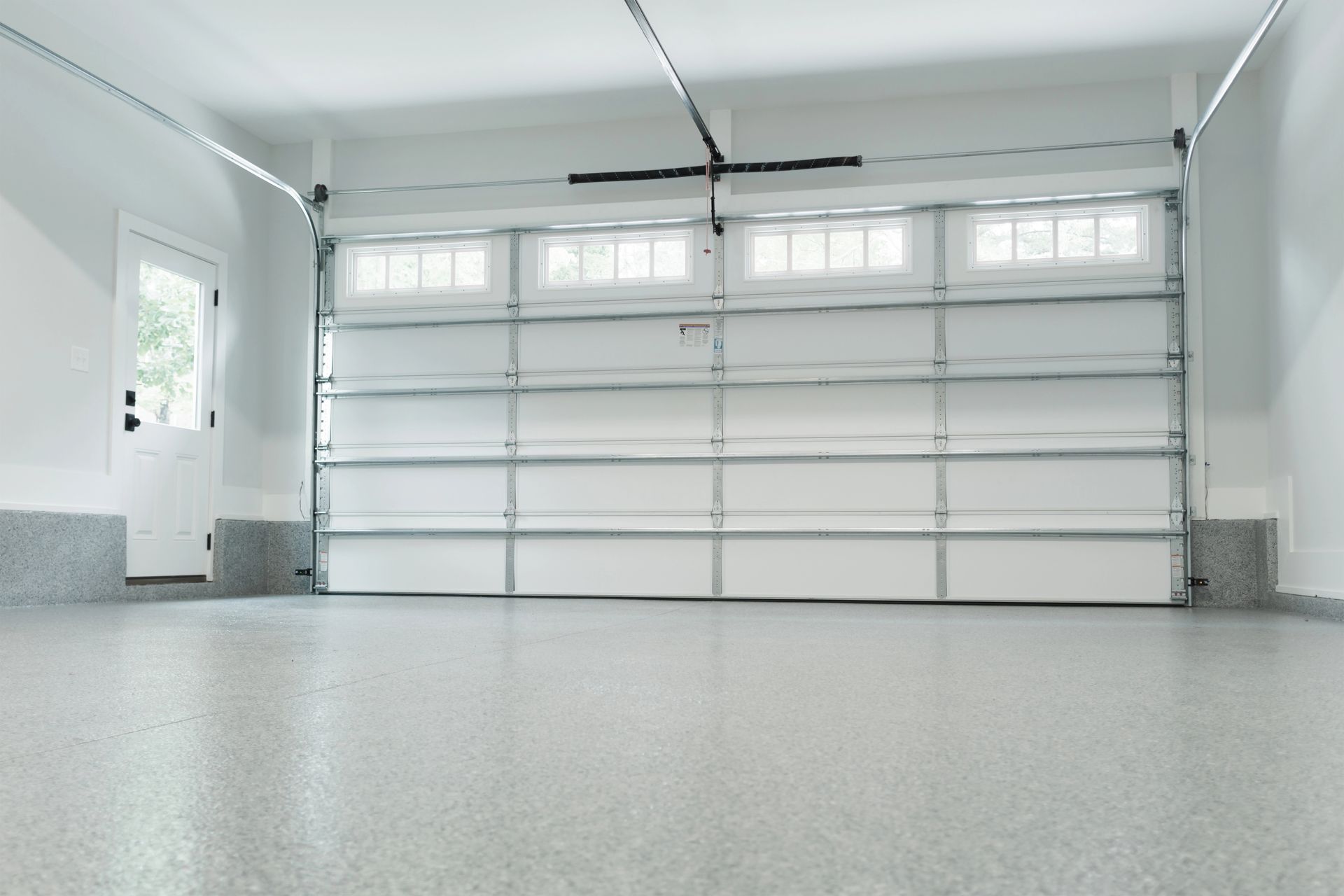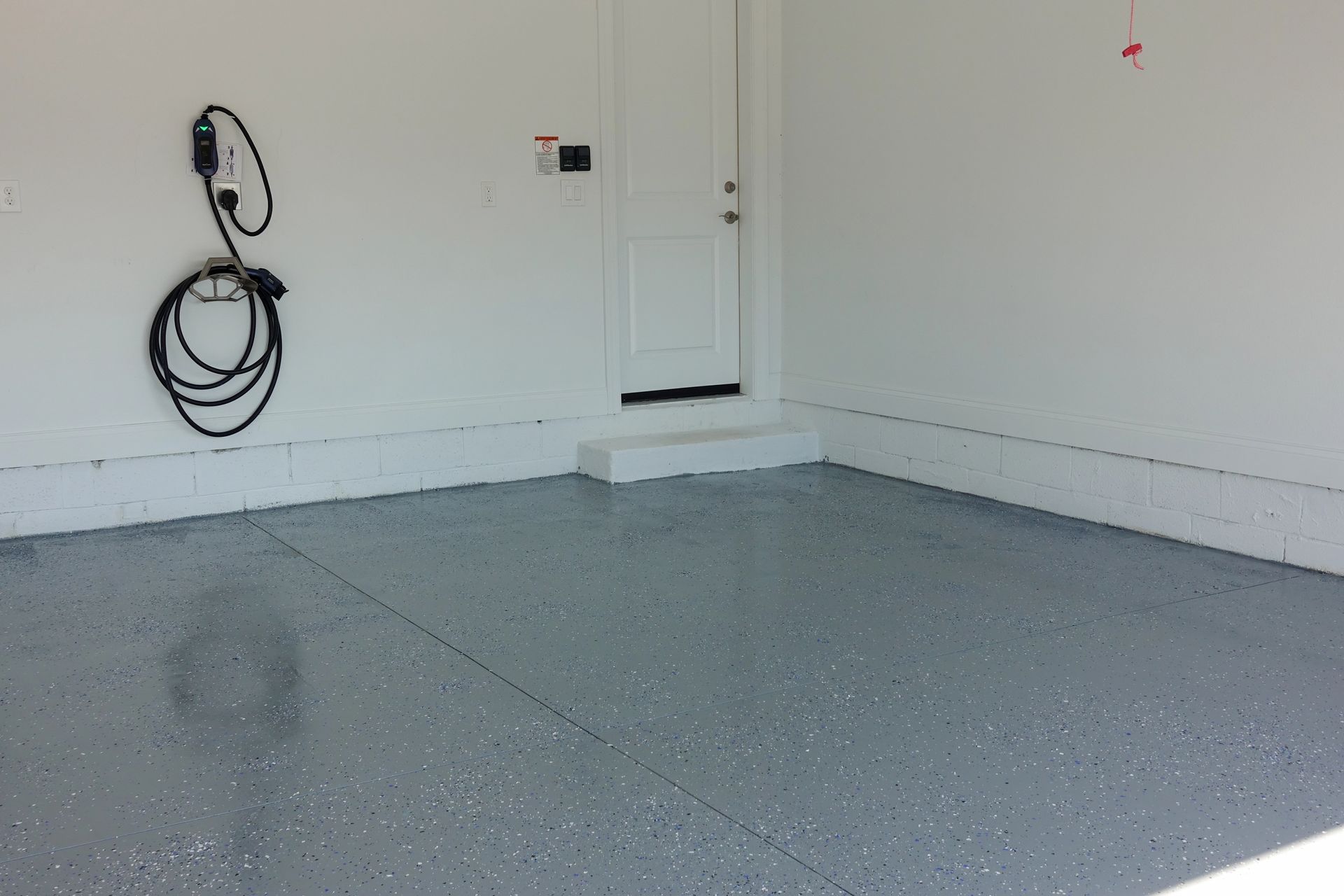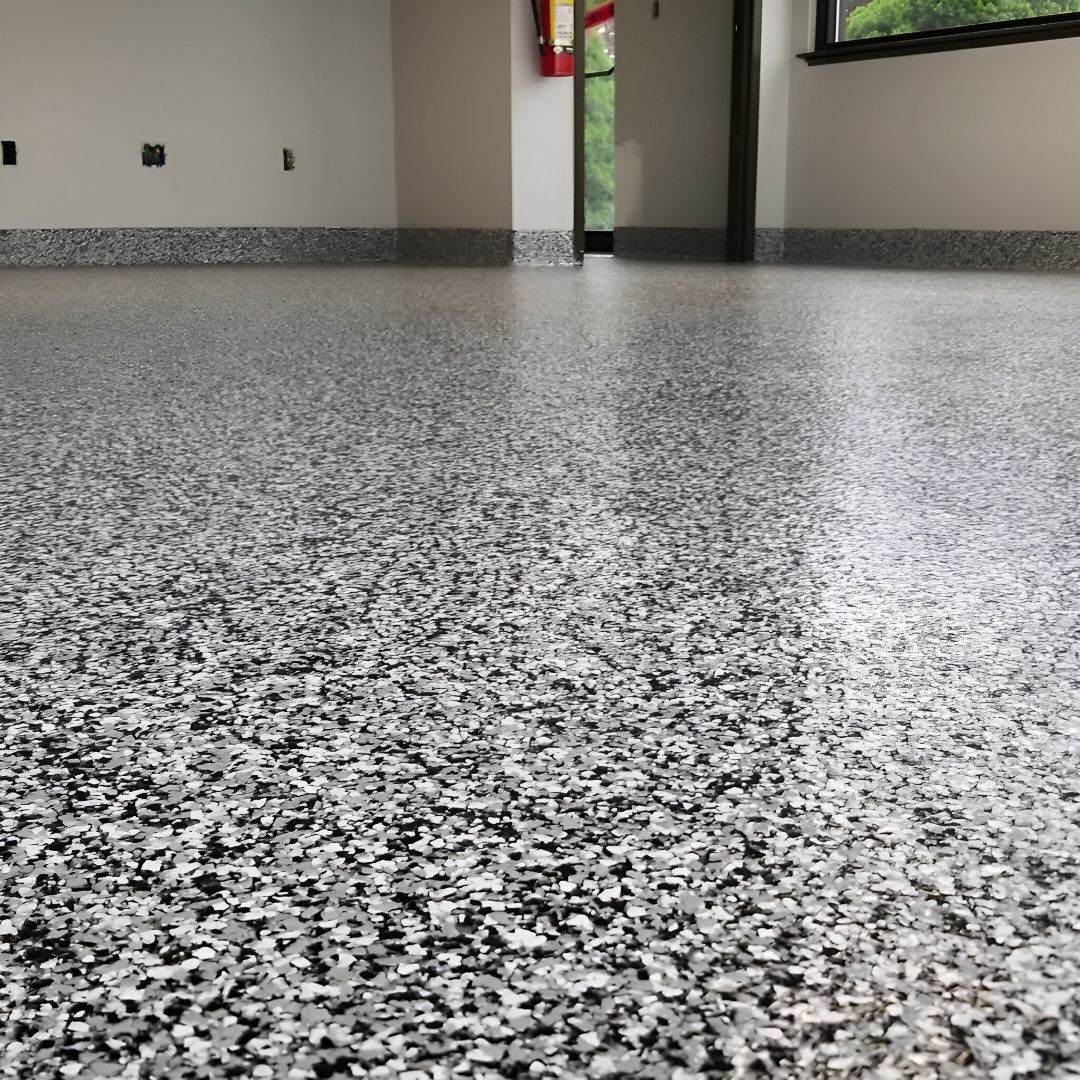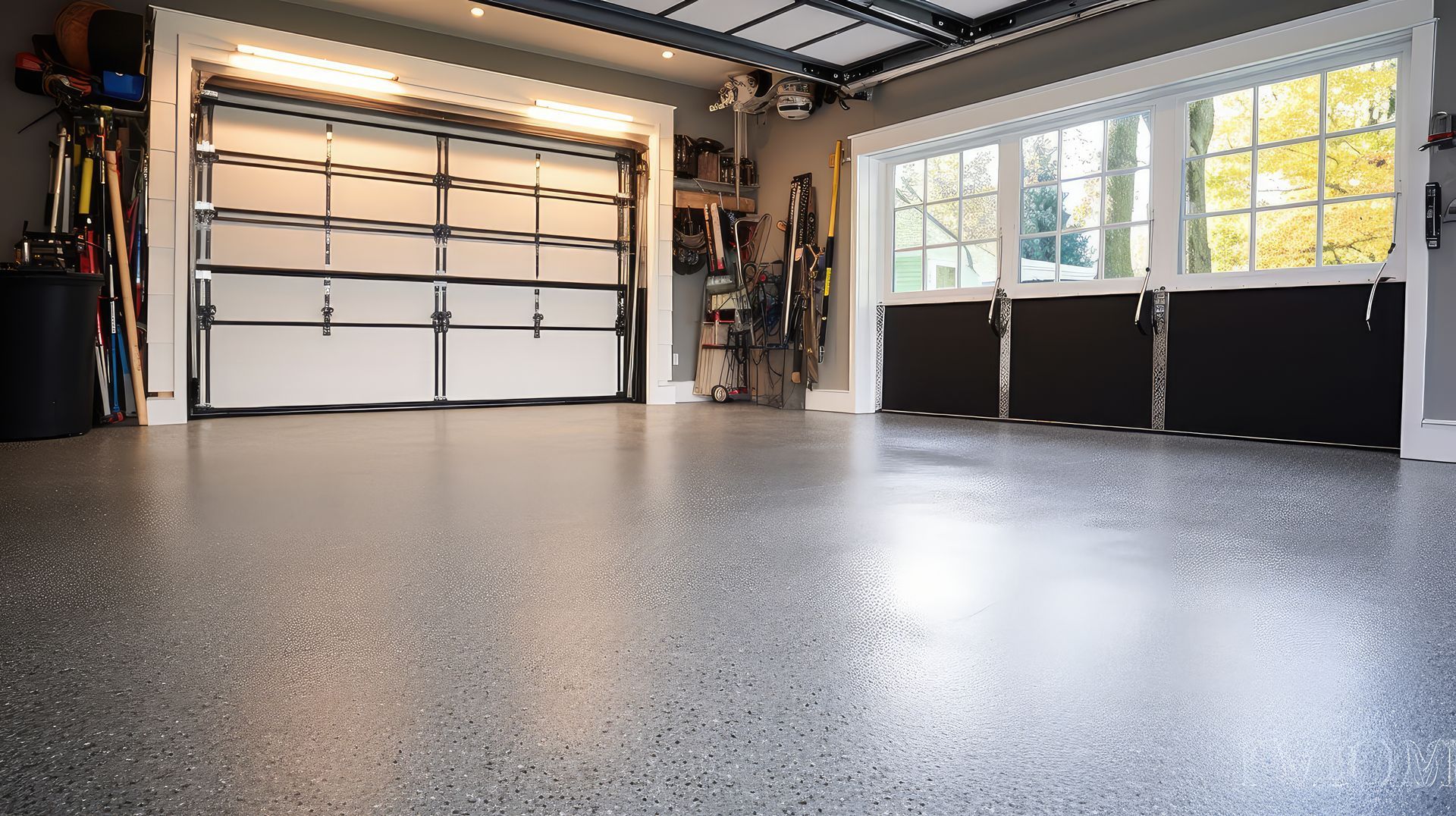How to Paint Your Commercial Space Without Shutting Down
Key Takeaways
- Strategic scheduling and phased approaches can eliminate the need for business closure during interior painting projects
- Modern low-VOC and fast-dry paint technologies make same-day occupancy possible in most commercial environments
- Proper containment and air management techniques protect both your operations and your team's health during painting
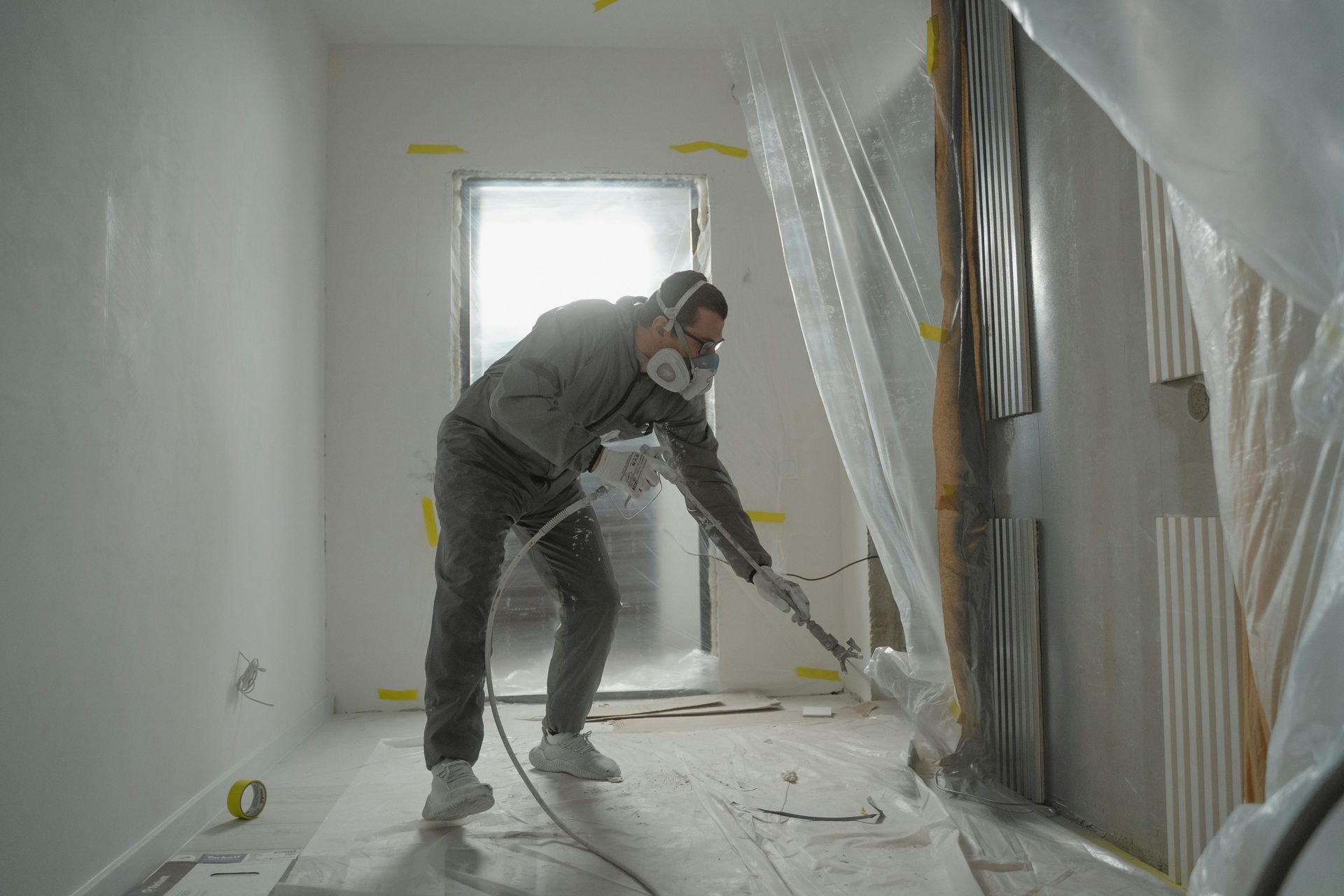
Every business owner faces the same dilemma when their commercial space needs fresh paint: how do you improve your environment without grinding operations to a halt? The traditional approach of "close the business for a week" isn't realistic for most companies. Lost revenue, disrupted customer relationships, and displaced employees create costs that often exceed the painting project itself.
The good news? With the right approach, you can transform your commercial interior while keeping your doors open and your team productive. Here's your complete guide to minimal-disruption commercial interior painting.
The Real Cost of Shutting Down
Before diving into solutions, let's acknowledge what's at stake. A typical small business that closes for a week-long painting project faces direct revenue loss from halted operations, customer inconvenience that may drive business elsewhere, employee disruption requiring alternative work arrangements, and momentum loss that can take weeks to recover.
For a business generating $10,000 per week, a five-day closure costs $7,000+ in lost revenue alone—often more than the painting project itself. Smart business owners recognize that the "cheaper" approach of shutting down actually costs significantly more in the long run.
Modern Paint Technology: Your Secret Weapon
Today's commercial-grade paints offer capabilities that weren't available even five years ago. Understanding these technologies is crucial for minimal-disruption projects.
Volatile Organic Compounds (VOCs) are what create that distinctive "paint smell" that forces building evacuations. Modern low-VOC paints contain less than 50 grams per liter, while zero-VOC options contain virtually none. This means employees can work in adjacent areas without health concerns, customers won't encounter overwhelming odors, and HVAC systems won't circulate paint fumes throughout your facility.
Traditional paints required 24-48 hours before spaces could be safely occupied. Today's fast-dry formulations cure in hours, not days. Water-based acrylics dry to touch in 1-2 hours and fully cure in 4-6 hours, while hybrid formulations combine durability with rapid cure times. Specialized primers reduce overall project time by eliminating multiple coat requirements.
Beyond speed and safety, modern commercial paints offer functional benefits that support business operations. Antimicrobial properties reduce bacteria and mold growth, stain-resistant formulations simplify maintenance, and washable surfaces withstand commercial cleaning protocols.
Strategic Scheduling: The Foundation of Disruption-Free Painting
The key to painting without shutting down lies in strategic project phasing. Rather than painting entire spaces at once, professional contractors divide facilities into manageable zones, starting with non-critical areas like storage rooms and back offices, then moving to low-traffic periods for high-visibility spaces, and finally addressing mission-critical spaces with maximum preparation and speed.
Different business types offer different scheduling opportunities. Office environments can utilize evenings after 6 PM for administrative areas, weekends for customer-facing spaces, and early mornings before 7 AM for quick touch-ups. Retail spaces benefit from post-closing hours for customer areas and early morning prep before opening. Healthcare facilities require nights and weekends for patient areas, with coordinated scheduling around patient care priorities.
Manufacturing facilities can leverage planned maintenance windows, shift changes for continuous operations, and seasonal shutdowns for comprehensive updates. The key is understanding your business's natural rhythm and working within those patterns rather than against them.
Advanced Containment Techniques
Professional containment goes far beyond plastic sheeting. Modern techniques protect your operations while enabling continued business through sophisticated approaches that would be impossible to implement without professional expertise.
Professional-grade air scrubbers create negative pressure in work areas, preventing paint particles and odors from migrating to occupied spaces. These systems filter air through HEPA filtration before exhausting outside, maintain directional airflow away from business operations, and provide real-time air quality monitoring.
Purpose-built containment walls create temporary barriers that seal completely from floor to ceiling, include integrated air management, allow for normal business traffic flow around work areas, and minimize setup and breakdown time. Sound management becomes critical in noise-sensitive environments, requiring dust-free sanders that eliminate airborne particles, sound-dampening barriers, and coordinated scheduling of high-noise activities during less sensitive hours.
Product Selection for Occupied Spaces
Not all commercial paints are suitable for occupied building application. Zero-VOC formulations work best for sensitive environments like healthcare, childcare, and food service, while low-VOC options under 50 grams per liter suffice for general commercial spaces. Green certifications like GREENGUARD Gold and Green Seal provide enhanced safety assurance.
However, low-odor doesn't mean low-performance. Specify paints that offer scrub resistance for high-traffic areas, fade resistance for spaces with significant natural light, stain resistance for food service and retail environments, and quick recoat capability for faster project completion.
Different spaces require different paint characteristics. Kitchens and food service areas need grease-resistant, easily cleanable finishes. Bathrooms and high-humidity areas require mold and mildew resistance. High-traffic corridors demand scuff and mark resistance, while customer-facing areas need premium appearance with easy maintenance.
Air Quality Management During Painting
Maintaining healthy indoor air quality during painting protects both employees and customers while enabling continued operations. Professional contractors use air quality monitors to track VOC levels throughout the facility, particulate matter from surface preparation, humidity levels that affect cure times, and temperature variations that impact application quality.
Your building's HVAC system can either help or hinder a minimal-disruption project. Protective measures include filter upgrades to capture airborne particles, return air blocking in work areas, fresh air increase during and after painting, and ductwork protection to prevent contamination. Strategic use involves enhanced ventilation to accelerate curing, coordinated operation to manage airflow direction, and temperature control to optimize paint application conditions.
Communication: The Often-Overlooked Critical Factor
Even the best technical execution fails without proper communication. Successful minimal-disruption projects require comprehensive pre-project team briefings covering timeline and phase explanations, area access restrictions and alternatives, safety protocols and emergency procedures, and progress update schedules.
Customer notification strategies should include advance notice of any temporary changes, clear signage explaining ongoing improvements, alternative access routes when necessary, and completion timeline communication. Real-time updates provide daily progress reports, immediate notification of any schedule changes, quick response to unexpected issues, and proactive problem-solving communication.
Cost-Benefit Analysis: Why Minimal-Disruption Pays
While minimal-disruption painting often carries a modest premium over traditional "shut down and paint" approaches, the total cost equation heavily favors continuity. Traditional approaches include the painting project fee plus lost revenue during closure, employee displacement costs, customer inconvenience impact, and business momentum loss.
Minimal-disruption approaches include the painting project fee (typically 10-20% higher), enhanced materials and techniques, and extended timeline coordination. Most businesses save 200-400% of any premium costs through avoided business disruption, making minimal-disruption approaches not just more convenient, but significantly more cost-effective.
Industry-Specific Considerations
Different business types present unique challenges and opportunities. Healthcare facilities require infection control protocols that prevent contamination, patient care continuity that cannot be interrupted, regulatory compliance with healthcare facility standards, and specialized materials that meet antimicrobial requirements.
Food service and retail businesses need customer experience protection during business hours, health department compliance during food service operations, peak hour avoidance for customer-facing improvements, and rapid turnaround requirements for revenue-critical spaces.
Manufacturing and industrial facilities must integrate with production schedules to avoid costly shutdowns, adhere to safety protocols in industrial environments, use specialized coatings that withstand industrial conditions, and coordinate maintenance windows that maximize efficiency.
Quality Control Without Compromise
Minimal-disruption doesn't mean minimal-quality. Professional approaches maintain high standards through enhanced surface preparation using dust-free methods that don't contaminate occupied areas, chemical stripping alternatives that eliminate solvent odors, and repair techniques that minimize noise and disruption.
Application quality assurance involves controlled environment maintenance for optimal paint application, multi-coat scheduling that accommodates business operations, and touch-up accessibility that doesn't require business shutdown. Final quality verification includes detailed inspection protocols that ensure complete coverage, client walk-through scheduling that fits business operations, and warranty coverage that protects long-term investment.
Planning Your Minimal-Disruption Project
Ready to transform your commercial space without shutting down? Start planning 90 days before your project by assessing your space and identifying critical versus flexible areas, defining your timeline based on business cycles and priorities, researching contractors with demonstrated minimal-disruption experience, and budgeting appropriately for enhanced techniques and materials.
Thirty days before project start, finalize scheduling with detailed phase planning, communicate with your team about upcoming improvements, prepare customers with advance notice and expectations, and coordinate with building management if applicable.
During project week, monitor progress through regular updates, maintain flexibility for minor schedule adjustments, communicate proactively with team and customers, and document results for future project planning.
The Bottom Line: Disruption is a Choice, Not a Necessity
The days of shutting down your business for interior painting are over. With modern materials, professional techniques, and strategic planning, you can transform your commercial space while maintaining full business operations. The key lies in partnering with contractors who understand that your business success is the ultimate measure of project success.
Smart business owners recognize that minimal-disruption painting isn't just about convenience—it's about protecting revenue, maintaining customer relationships, and supporting team productivity while improving their business environment. When done correctly, the only thing your customers and employees will notice is how much better your space looks.
The question isn't whether you can afford to paint without shutting down—it's whether you can afford not to. Your business deserves an approach that improves your environment without compromising your success.
Ready to transform your commercial space without the disruption? Contact PR Commercial Painting to discuss your minimal-disruption interior painting project. Our team specializes in keeping your business running while creating the professional environment you deserve.


